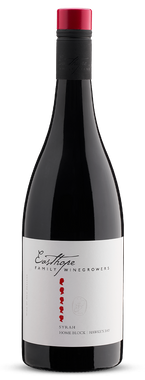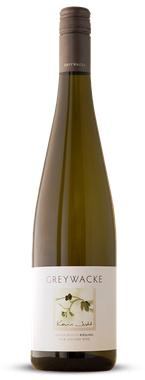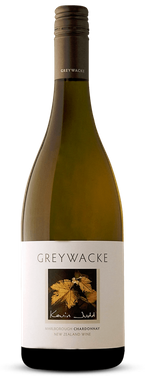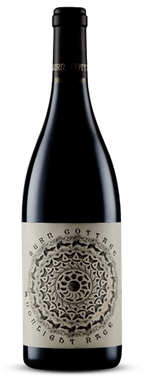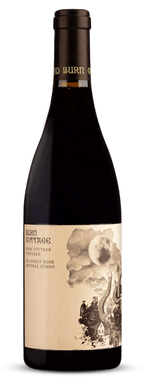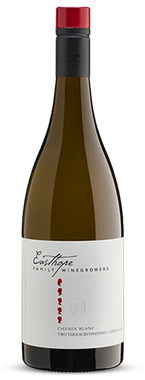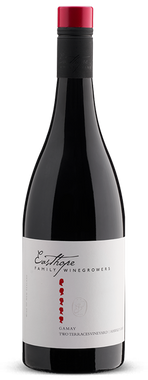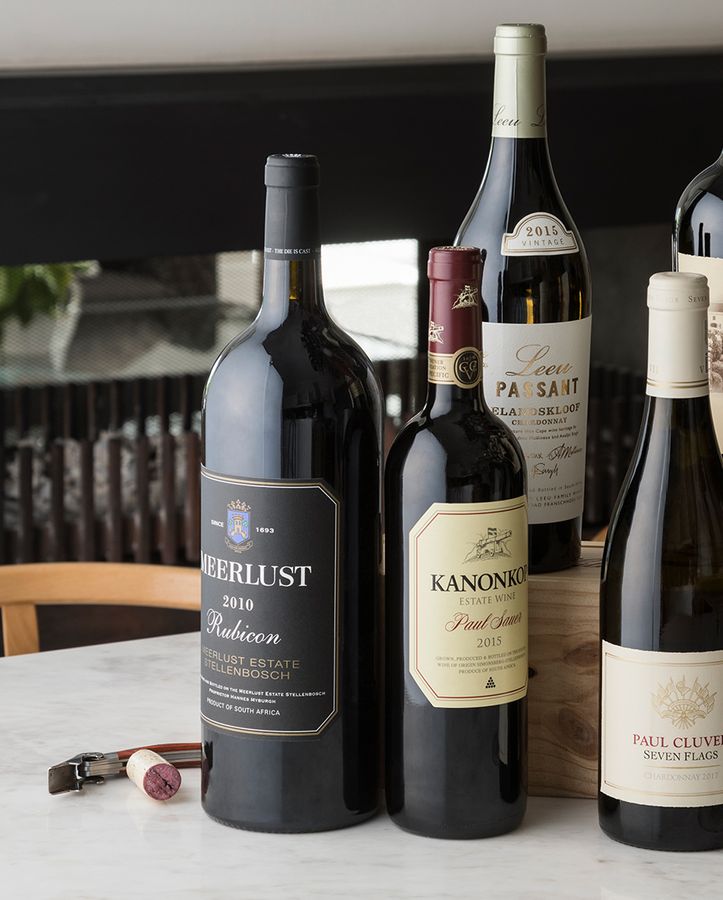Furthermore, this flagship variety accounts for 85% of New Zealand wine exported overseas.
Pretty cool then that here in South Africa, we have access to a good selection of varietal wines accounting for the other 15%.
Overview
New Zealand is long and thin, stretching some 1,100 km north to south across two islands, the equivalent of travelling northeast from Cape Town to the Kgalagadi Transfrontier Park and the border to Botswana.
To the north is the subtropical, appropriately named Northland, the furthest south is Central Otago, home to some of the world’s most southerly vineyards. This spread yields a rich diversity in soils, micro-climates, and is suitable for multiple varieties.
So why is Sauvignon Blanc so dominant?
Firstly, profile. The expression of good New Zealand Sauvignon Blanc is spectacular, wholly unique to the country, and easily recognisable. As ever, an aromatic variety, good expressions give pronounced elderflower, green gooseberry, and grassy characters. On the palate, mouth-watering and concentrated in equal measure.
Secondly, demand. Like South Africa, New Zealand is required to export a significant amount of its wine production, with supply exceeding demand in the domestic market. The world demands NZ Sauvignon Blanc, and the appetite is insatiable.
But New Zealand is no one-trick pony, and there is plenty more to be excited about here.
Here are a few recommendations:
Easthope Family Winegrowers, Hawke’s Bay
When the inaugural selection of Easthope family wines was announced at Radford Dale, it was a watershed moment. We would be receiving single varietal expressions of team favourites; Chenin Blanc, Gamay, and Syrah. They are limited wines, but owing to a relationship with the Easthope’s we have been able to secure an allocation. Rod and Emma both lived and worked in Stellenbosch in the late 90s / early 00s. Upon returning to New Zealand, Rod spent eight years as Head Winemaker at famed Craggy Range, Emma at Martinborough Vineyard, and Stonyridge Winery. After the 2012 vintage, they returned to their roots in Hawke’s Bay to establish their own venture.
Rod and Emma are compelling winemakers, and Rod keeps a good blog. Check out this link for an encounter in 1997 with Alex Dale, A Tour of Burgundy in Stellenbosch.
Easthope ‘Two Terraces Vineyard’ Chenin Blanc 2020 – R 595
Just 22ha of Chenin Blanc vineyards are registered in New Zealand. A cool climate and long hours of sunshine deliver on trademark acidity and good ripeness.
Whole-bunch pressed into cast stone egg-shaped tanks, with maturation on the resulting lees. There’s a pleasing, flinty character, blowing off to reveal pure Chenin fruit, predominantly dry green apple and pear, quince, and a little yellow citrus, with a little savoury character and herbs to boot. The concentration builds on the palate, kept in check by an electric line of acidity. Real class.
Easthope ‘Two Terraces Vineyard’ Gamay 2020 – R 689
Just 8ha (a couple less than here in the Cape) of Gamay planted in New Zealand. A memorable trip to Beaujolais and the sampling of a 1929 bottling saw the Easthopes convinced of Gamay's greatness and the potential for this variety back home in Hawke’s Bay.
It has the generosity of New World fruit, predominantly red fruited but with blackberry and a little dark cherry. Classic Gamay drinkability and a Fleurie-like nose; floral, a slight black mineral lift. Points of difference and a lovely expression of variety. Try it alongside some recommendations from last month’s feature on Beaujolais, plus a new Radford Dale Vinum release in 2021, our third Cape expression, now available on P2P.
Easthope ‘Home Block’ Syrah 2020 – R 689
“Representing merely 1% of the vineyard area, Syrah must be New Zealand’s biggest vinous overachiever.”- Richard Hemming MW for JancisRobinson.com.
Off the radar, but increasingly revered among critics and New Zealand wine insiders is the quality of Syrah in Hawke’s Bay. The Easthope Syrah shows a profile more akin to Northern Rhône than that of Southern Australia; gorgeously scented with crushed black fruits, subtle licorice, and purple florals. The palate displays vibrant New World fruit once more, but with a sense of restraint and freshness. Different and exciting.
“With Syrah there’s only 350 hectares planted in the whole of New Zealand. It makes a lot of noise, but its penetration in the entire world is incredibly small. Most New Zealand Syrah is consumed in New Zealand, so when we export, the only thing people want from us is Sauvignon Blanc and Pinot Noir. We try and tag on a bit of other stuff, but the world really doesn’t want it – yet.” Rod Easthope
Greywacke
Kevin Judd is no stranger to Sauvignon Blanc. He was the first winemaker at the producing behemoth Cloudy Bay and a key player in pioneering the style and global success of the variety.
After 25 vintages at Cloudy Bay, Kevin decided it was time to leave. In 2009 the Judd family launched Greywacke, taking its name from the grey river stones lining the rivers of Marlborough. Two expressions of Sauvignon Blanc from Greywacke are well worth seeking out and available through P2P; the ‘zesty and intense’ (James Suckling 94pts), mineral-rich Greywacke Sauvignon Blanc 2020 (Decanter 95pts) and the handful of remaining bottles of Greywacke Wild Sauvignon Blanc 2019. The latter is an alternative to type, seeing extended maturation of the wine in neutral oak barriques. “One of the most refined and integrated Wild Sauvignons I've had the pleasure to taste.” (94 Points, Rebecca Gibb MW, Vinous.com)
Drinking as the locals do
Whilst Sauvignon Blanc dominates the global retail shelves of New Zealand wine, it’s interesting to note that, domestically (according to Wine Searcher in 2019), Chardonnay has overtaken Sauvignon Blanc as the second most offered wine in retail after Pinot Noir.
It is a variety Kevin Judd believes is still waiting to be discovered in Marlborough. A few bottles of the Greywacke Chardonnay 2018 are available. Whole-bunch pressed and matured for 18 months in 20% new French oak. It’s a ripe, fleshy expression of Chardonnay with a core of yellow fruit and orange tint, with an oak-derived toast coming into the wine. If the 2015 vintage is anything to go by, this has some way to go.
“Aromas of cooked apple, vanilla bean, light coconut, and some pie crust follow through to a full body with a creamy texture and lots of fruit, nougat, and cream in the aftertaste. Yet, it remains fresh and firm."
93 points, James Suckling
Overall, Riesling accounts for 1% of NZ wine production, with 619ha of vineyard plantings. It performs well on the south island, with Marlborough noticeable for its off-dry expressions. Here, the Greywacke Riesling 2020 sees fermentation halted before completion to retain a residual sugar of 19 grams per litre. Countering this is a low PH and a thrilling acidity of 7.7 g/l. It’s an expression that will drink well to 2030+.
“Sourced from a single 30-year-old organic vineyard, the 2020 Riesling is very delicately handled and gently pressed, giving a sense of calm. It is a round, succulent style (20g/L), offering sweet apple flavors and fresh citrus brightness. Half of the wine was fermented by naturally occurring wild yeast, giving a fine talc-like character. This has a balanced, gently refreshing, and tranquil finish.” 91 pts, Vinous.com
Burn Cottage
The first commercial bottling of Pinot Noir in New Zealand came as recently as 1987. It has quickly emerged as the country’s most successful red variety, accounting for 6% of NZ wine production and with an internationally established reputation, as 4% of NZ’s wine exports. It is predominantly planted in the cooler, south-island regions.
From Central Otago, the cult of Pinot Noir producer Burn Cottage of the Sauvage family. Comprising of 24ha, they have no immediate vineyard neighbours and occupy an isolated, sheltered amphitheater-like site. Vineyards were established in 2002 on – effectively - virgin soils, with the land grazed by sheep for as long as the family can recall. They are a prominent name in biodynamic farming. A New Zealand Pinot Noir flag bearer.
The latest releases of two Burn Cottage Pinot Noir expressions recently arrived in South Africa. Meticulous in vineyard and cellar, they employ low intervention winemaking in capturing the individuality of each Pinot Noir parcel.
Burn Cottage Otago Moonlight Race Pinot Noir 2019
Moonlight Race is a wine from three Central Otago vineyards, with the name coming from the water paths or races established by European immigrants to reroute mountain water down to the farmlands.
“Aromas of blueberries, cherries, pomegranates, dried flowers, and banking spices. It’s medium-bodied with lively acidity. Vibrant and crunchy with plenty of fruit. Succulent finish with excellent length. Linear and tight at the finish.” 94 pts (Top 100 Wines of New Zealand 2021), JamesSuckling.com
Burn Cottage Otago Vineyard Pinot Noir 2018
A Pinot Noir from estate vineyard parcels planted in 2003, it is really coming into its own. Central Otago is unique in New Zealand for its continental climate. Average yields are just 4.5 tonnes per hectare.
“This is a very attractive and gently complex pinot that sits in a red-cherry and red-plum zone, laced with spicy, gently herbal, and floral elements, too. The palate has a very composed, fresh red-cherry centre with spice and light peppery nuances. Plenty of bright acidity lifts the finish.” 95 pts, JameSuckling.com
“This is indisputably an exciting wine.” 17/20, Jancis Robinson MW
